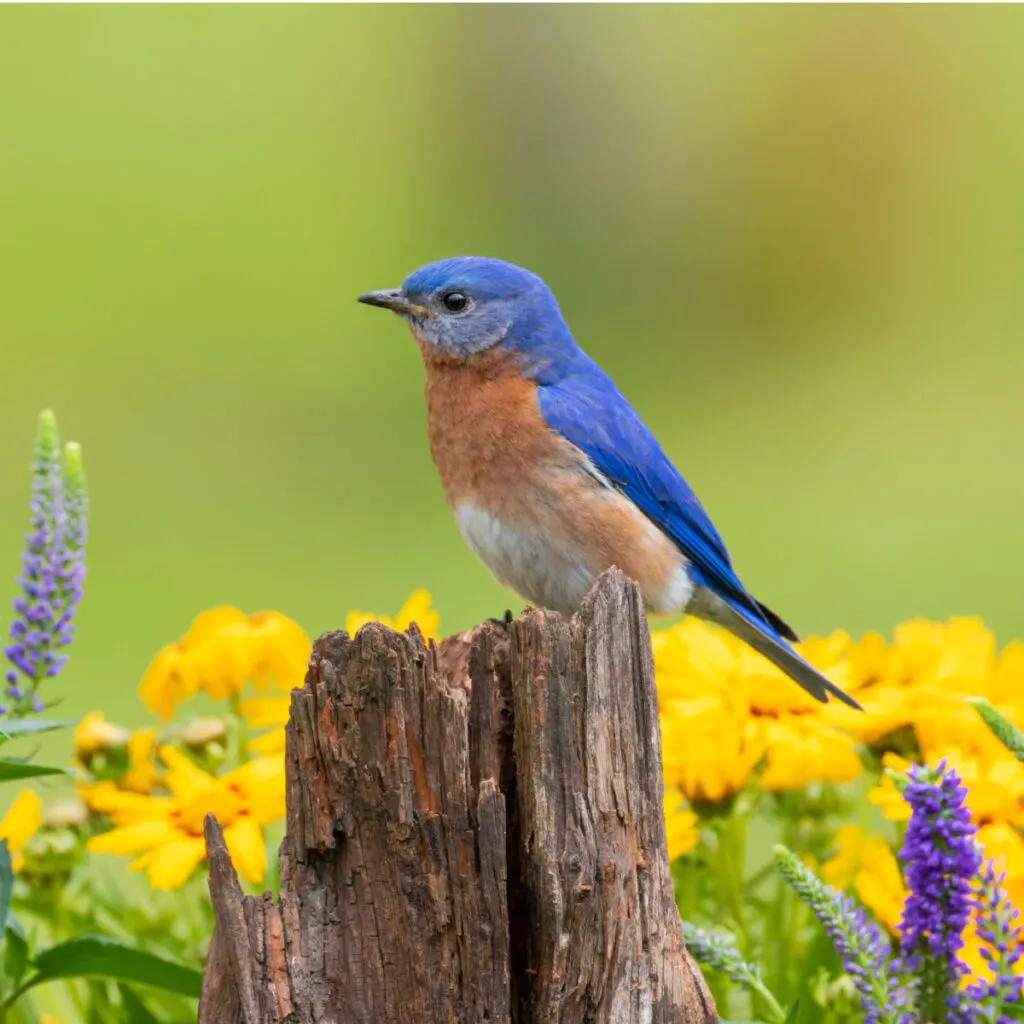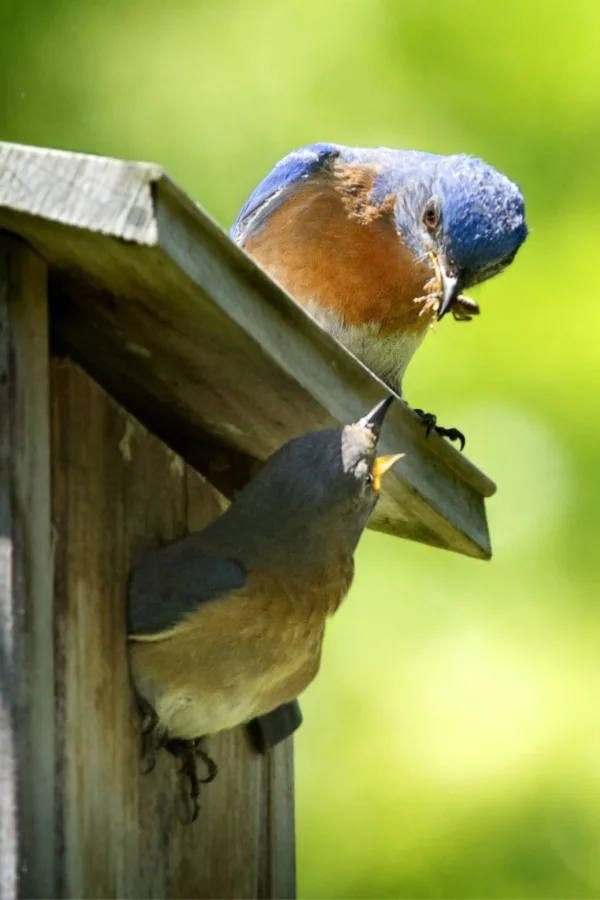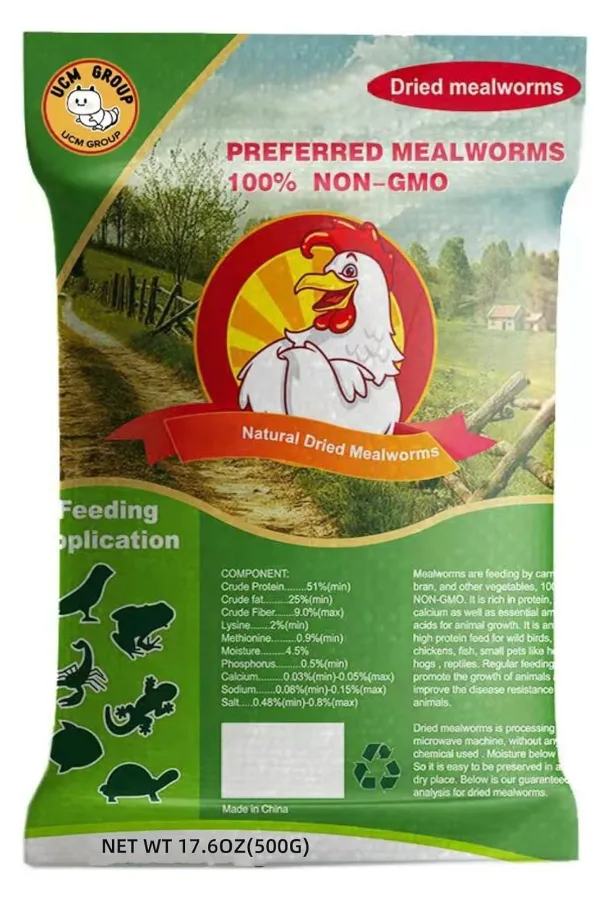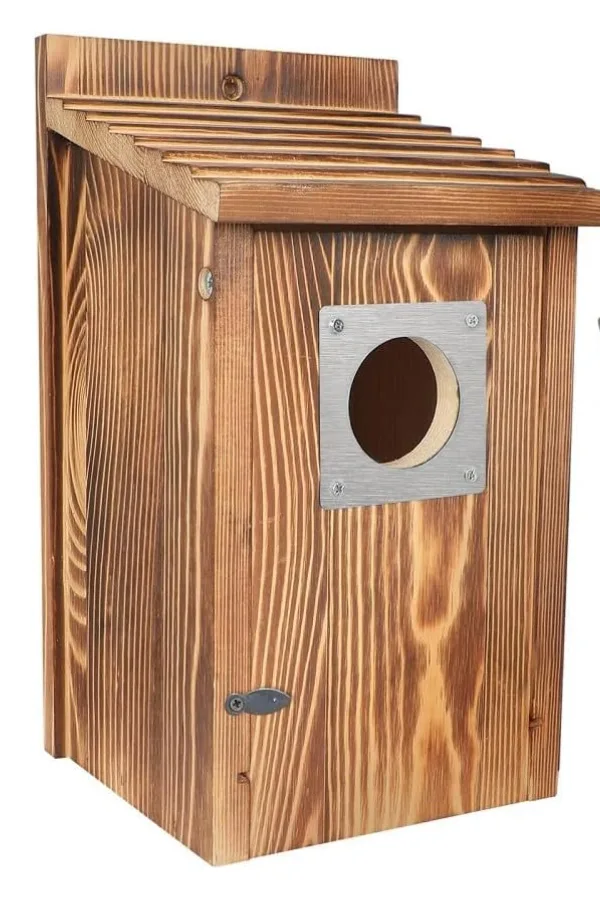Looking for a few tips and tricks to bring bluebirds to your yard this year – and have them stick around all spring and summer to help control all kinds of pests?
Bluebirds are truly a gardener’s best friend. They are one of the most prolific insect eating machines around, consuming vast amounts of grasshoppers, beetles, grubs, mosquitoes, crickets and even termites. Even better, they love to feed on insect larva, keeping future populations of pests in check in the process.
It’s almost like bluebirds know how important they are to gardeners. Why? Because even though they eat all of those potential pests, they leave one of the most precious garden helpers of all, the earthworm, completely alone.

As crazy as it sounds, the one organism bluebirds don’t consume are earthworms. They actually are unable to process worms with their digestive system. Which, of course, means the dirt chewing, earth enriching worms can continue helping build better soil while the bluebirds take out the insects. Talk about a win-win!
How To Bring Bluebirds Into Your Yard – And Get Them To Stay!
So now that we know how incredible it can be to have bluebirds visit your landscape – what are the best ways to attract and keep them around? It really depends on where you live and whether the bluebirds in your area stay at home in the winter, or migrate to warmer pastures in the colder months.
The good news is that whether the bluebirds in your area stay all winter or not, it is in the spring and summer when they can be most helpful. And with just a few helpful tips and tricks, you can have bluebirds taking up full time residence during those critical growing months.
How Bluebirds Live
In warmer southern climates, bluebirds tend to stay put all through the winter. But in the cooler northern states, most will take off for the Southern U.S. or South America in late September or October. Then, in late February or early March, those that migrate begin to come back to look for their summer home.

No matter where you live, it’s in very late winter or early spring that you need to be prepared for their first visits to look for a home. And it’s at this point that it’s extremely important to offer them exactly what they are looking for to take up permanent residence in your backyard – a good source of food and safe housing!
Creating The Perfect Habitat For Bluebirds – How To Bring Bluebirds Into Your Yard
When bluebirds scout for a new home, they are very particular in what they are looking for. More than anything else, they look for a home that will be safe and secure. And, of course, near a good source of consistent food.
Food Sources
One of the best ways to ensure a steady food supply in the spring and summer for bluebirds is simply by having plenty of lush vegetation planted for them to hunt for insects.
Flowerbeds filled with perennials and annuals are loved by bluebirds. As are vegetable gardens and plenty of bushes, shrubs and trees growing all around. They also love areas with plenty of planters and containers loaded with plants as well.
Listen In Below To Our Podcast On The Best Seeds To Feed Birds!
All of these give bluebirds plenty of cover and foraging opportunities for insects. Of course, when bluebirds start looking for their homes in late winter, many of these plants aren’t out yet. And this is exactly where supplementing early with feeders can make a huge difference!
Once spring arrives in full force, bluebirds will forage for insects on plants, in the soil and all around. But when they first arrive, they will flock to feeders filled with their favorite snacks. And by having food at their disposal early, your chance to bring bluebirds into your yard to stay increases ten fold.
Bluebirds love hulled sunflower seeds, suet and dried fruit pieces. But if you really want them to stay around and nest, mealworms are the ticket! As soon as you see the first signs of bluebirds, providing them with mealworms in feeders is the best way to keep them around. Affiliate Product Link: Dried Mealworms for Wild Birds
Of course, in addition to feeding them early on, it’s vital to have available housing in place. The first bluebirds to arrive are scouts. And their entire goal is to find a habitat that has available food. and even more, safe housing where they can nest and breed.

Providing A Home For Bluebirds – How To Bring Bluebirds Into Your Yard
Bluebirds look first for safety when it comes to finding a home. They will live and nest in natural openings in trees and bushes if they can find them available. However, they will also readily move into bird houses that have their needs in mind.
Bluebirds like to nest in spaces that are sheltered, smaller, and more constricted. Luckily, that happens to be an easy birdhouse to purchase or build! The most famous types of bluebird homes are basic houses with a slanted roof to shed off water – often called salt box homes.
Bluebird homes do not have to be big in the least. In fact, a simple 6×6 inch box with a small 1.5 inch hole in front as the entrance is perfect. It gives them a sense of security that they love when looking for a home. Affiliate Product Link: Bluebird Wren Carbonized Wooden Nesting Boxes
The one thing missing from a good bluebird house will be a perch at the front entrance. These are not necessary for bluebirds as they do not need them to land and leave. It’s best to omit them anyway, as they actually help predators get a grip to get to their nests.
Where To Put Bluebird Houses – How To Bring Bluebirds Into Your Yard
Remember that bluebirds look for safety in their home. With that said, avoid locating your bluebird boxes in trees or bushes. It’s just too easy for predators to get to the boxes and steal eggs and kill the birds.
Instead, place the boxes on a post that is more out in the open. If you can, place them at least 6 feet off the ground. This will help keep predators from having easy access.
If raccoon, possum and other climbing animals are an issue, install a pole baffle underneath. This will prevent them from climbing the pole and getting to the blue birds. Affiliate Product Link: Squirrel Proof Baffle, 19-inch Wide Guard Stopper for Outdoor Bird Feeder Poles
Finally, at the end of the season, always clean out the existing bird nest. It’s also a good idea to scrub down the inside with a disinfectant wipe. Bluebirds will not reuse nesting material and keeping it clean will attract them back.
Here is to bringing bluebirds in your yard this spring, summer and fall. And, to enjoying their beauty and all the benefits they bring to your landscape! Happy Gardening, Jim and Mary.
Jim and Mary Competti have been writing gardening, DIY and recipe articles and books for over 15 years from their 46 acre Ohio farm. The two are frequent speakers on all things gardening and love to travel in their spare time.
As always, feel free to email us at thefarm@owgarden.com with comments, questions, or to simply say hello! You can sign up for our free email list in the subscribe now box in the middle of this article. Follow us on Facebook here : OWG Facebook. This article may contain affiliate links.

